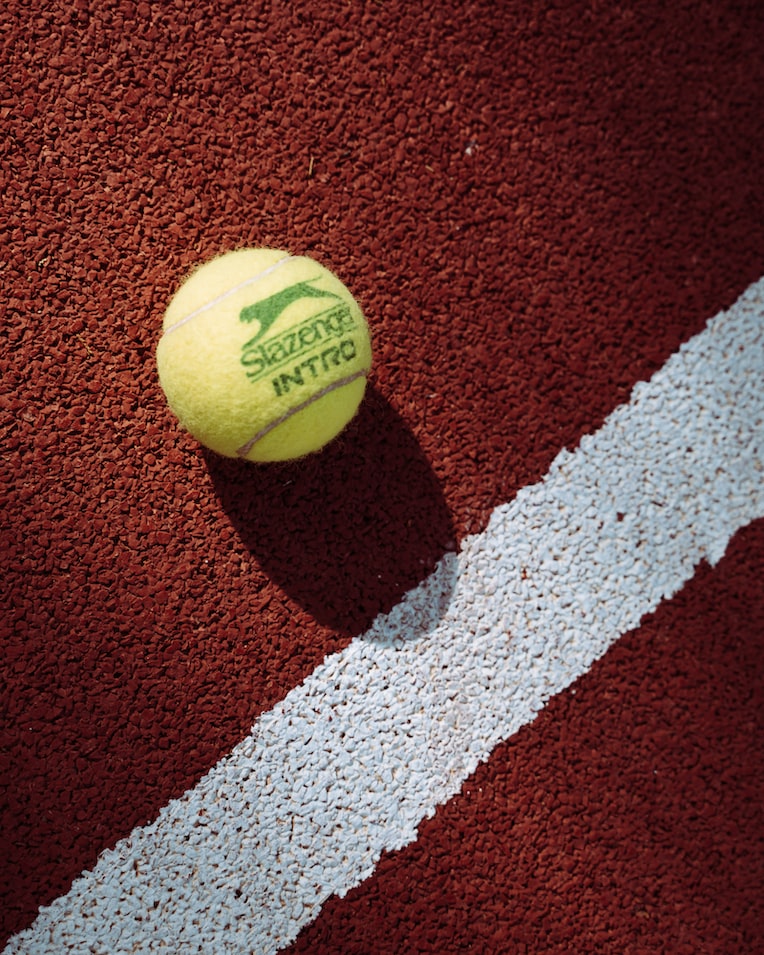What Happens to Padel Balls in Extreme Temperatures?
3 min read
What Happens to Padel Balls in Extreme Temperatures?
As a dedicated padel player, you may have noticed that the performance of your beloved padel balls can vary based on different factors. One important factor that can significantly impact the gameplay is the temperature. So, let’s delve into the fascinating topic of how temperature affects padel balls!
Why is Temperature Important for Padel Balls?
Padel balls, like most sports balls, are made from a combination of materials, usually rubber or foam, encased in a shell. These materials have specific properties that allow the ball to bounce, spin, and travel through the air. However, when extreme temperatures come into play, these properties can change, revealing some interesting consequences.
The Impact of Cold Temperatures
When the temperatures drop, padel balls tend to lose their elasticity. You may have experienced the frustration of hitting a cold ball that feels like hitting a rock rather than a lively sphere. This loss of elasticity can make the ball’s bounce considerably lower, making it harder for players to execute those impressive high jumps and shots.
Besides affecting the bounce, cold temperatures can also affect the ball’s overall speed. Due to decreased ball compression caused by low temperatures, the ball tends to travel slower through the air. This reduced speed can take away some of the excitement and quick-paced nature of the game, making rallies feel more sluggish.
The Impact of Hot Temperatures
On the other end of the temperature spectrum, extreme heat can also pose challenges for padel enthusiasts. As temperatures rise, the rubber or foam inside the ball becomes more elastic. This increased elasticity leads to a higher ball compression, causing the ball to bounce higher than usual.
This sudden surge in bounce can completely throw off a player’s timing and accuracy. Shots that were perfectly executed under normal conditions can now fly out of bounds or land short of the desired destination. If you’ve ever played in scorching temperatures, you’ll likely understand the frustration of losing your precise control due to these unpredictable bounces.
Adapting to Temperature Changes
Thankfully, as a human padel expert, I’d like to share a few tips for coping with temperature-related challenges. Firstly, always remember to stock up on fresh padel balls regularly. Over time, the materials within the balls can wear down and become less responsive, making them even more susceptible to temperature changes.
Secondly, try to warm up your padel balls before hitting the court in cold weather. A simple trick is keeping your balls in a warm place, such as inside your pocket or car, to help regain some elasticity. Similarly, in hot weather, keeping the balls in a cooler environment, such as a small cooler packed with ice packs, can help to reduce the excessive bounce caused by high temperatures.
Lastly, adapt your playing style when facing extreme temperatures. Instead of relying heavily on high bounces in a hot climate, consider adjusting your shots to accommodate the unexpected trajectory. In cold weather, try to compensate for the lower bounce by putting more power into your shots to ensure they reach the desired height.
The Ever-changing Game of Padel
Padel is a unique sport that challenges players in various ways, and the impact of temperature on padel balls adds an additional layer of excitement and adaptability to the game. Understanding how temperature affects padel balls allows players to adapt their strategies, enhance their gameplay, and keep the matches thrilling no matter the weather conditions.
Next time you step onto the padel court, take a moment to appreciate the intricate relationship between temperature and your beloved padel balls. It’s a dynamic interaction that keeps every game refreshing, challenging, and, above all, fun!






